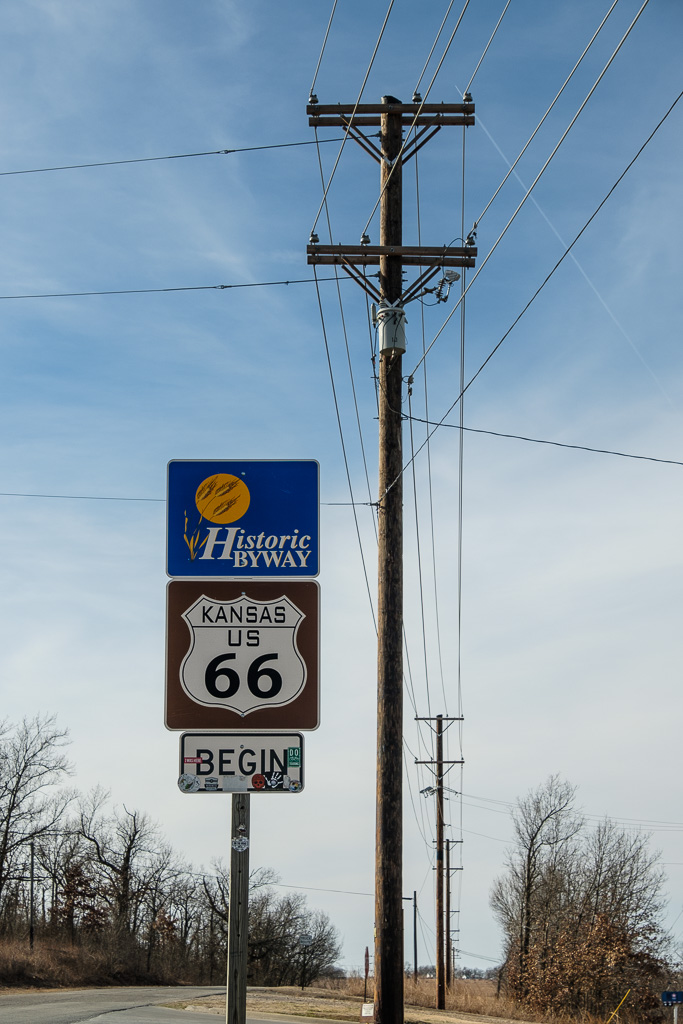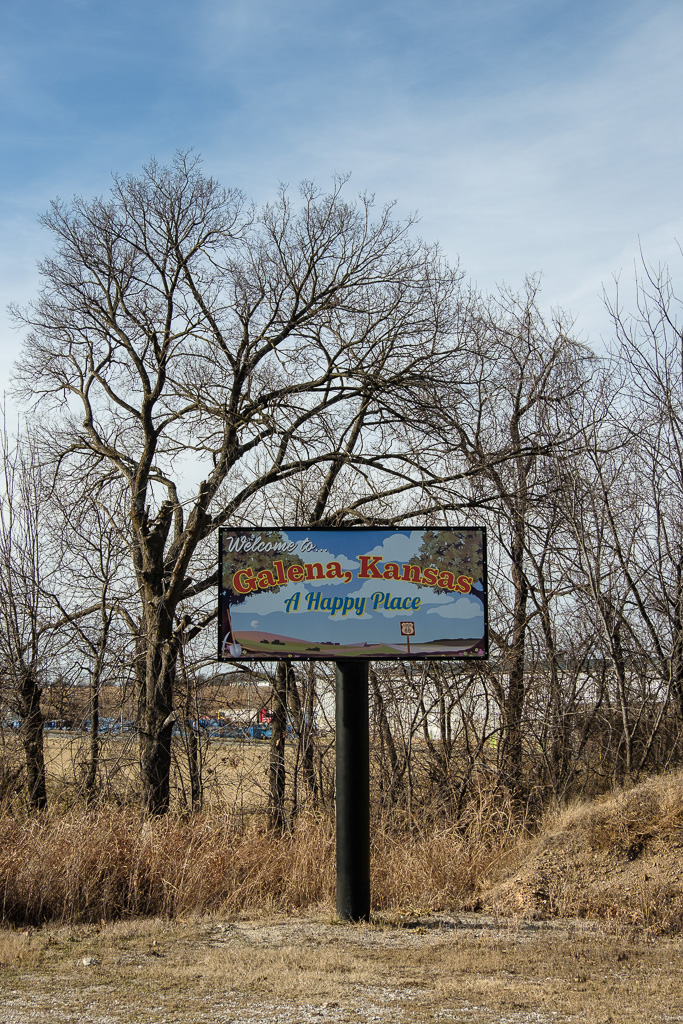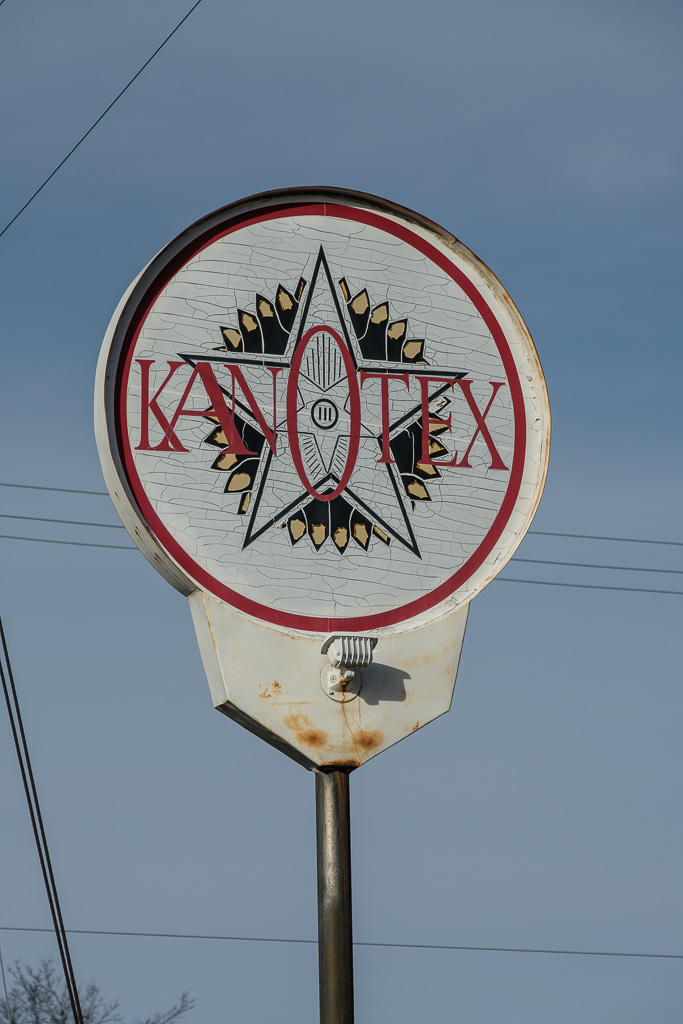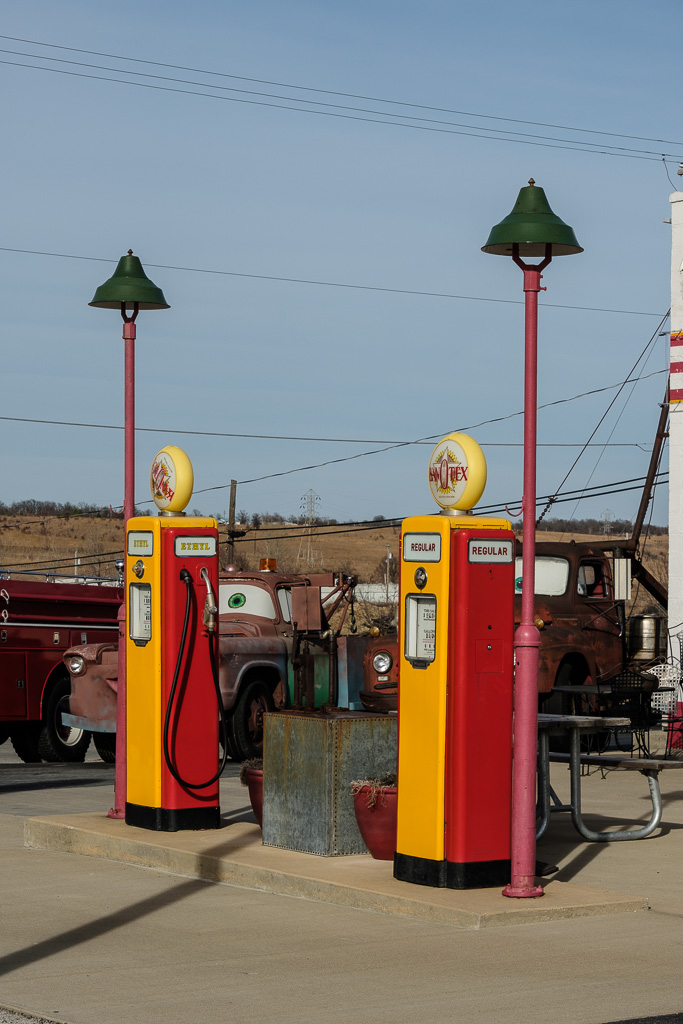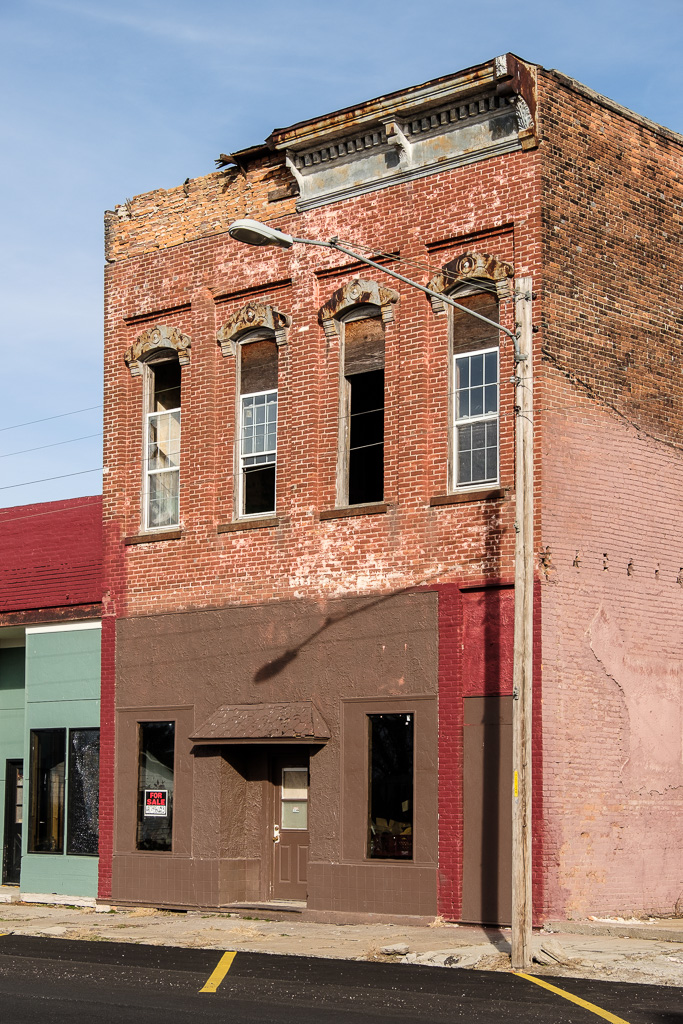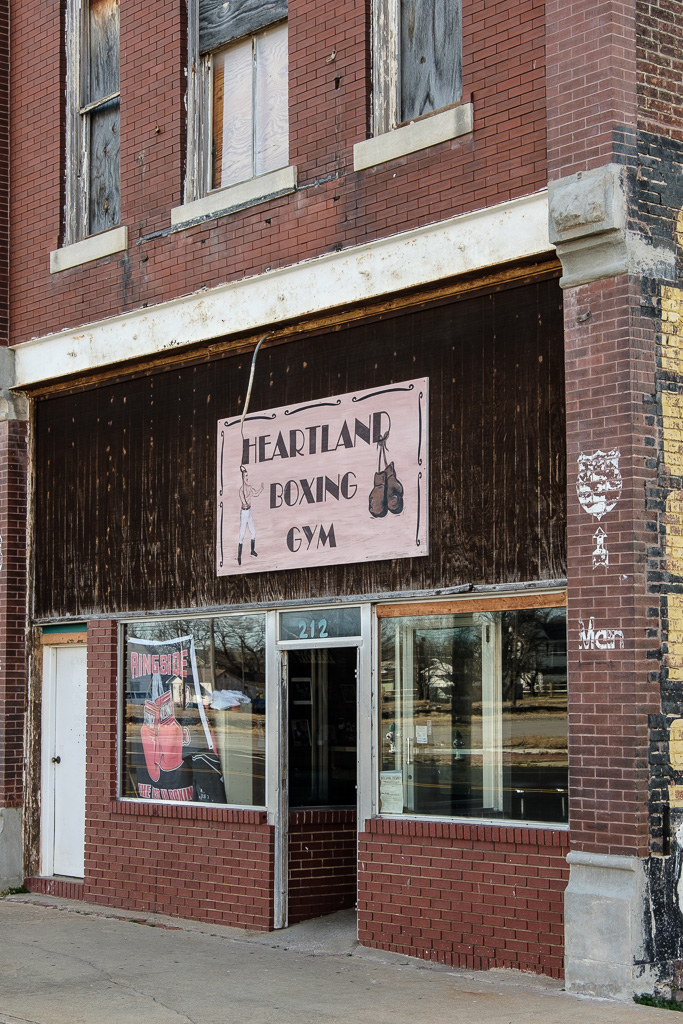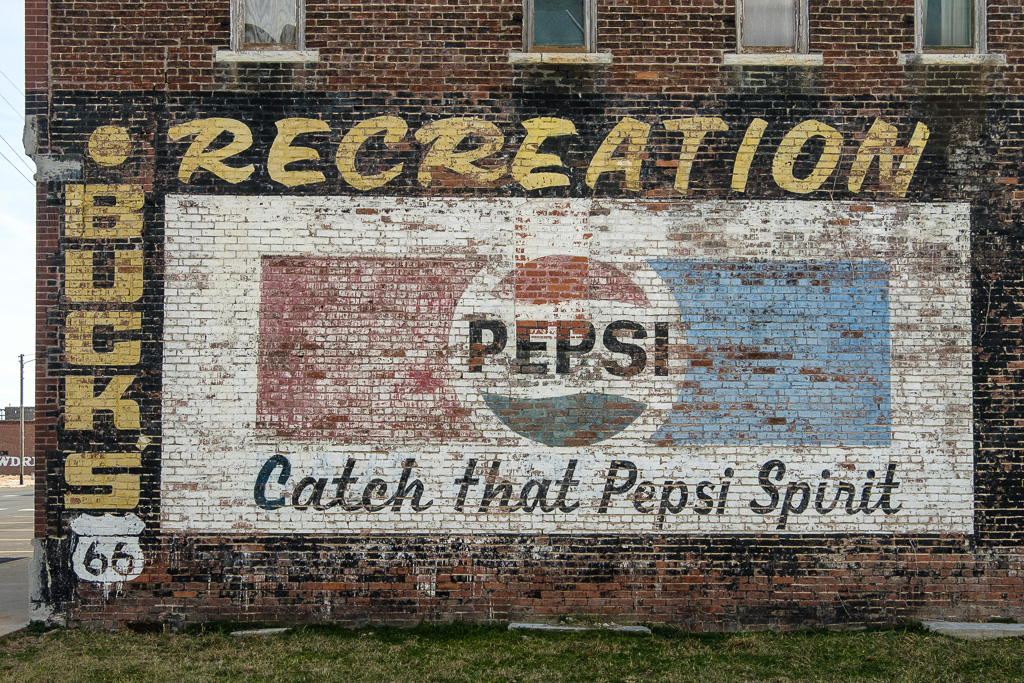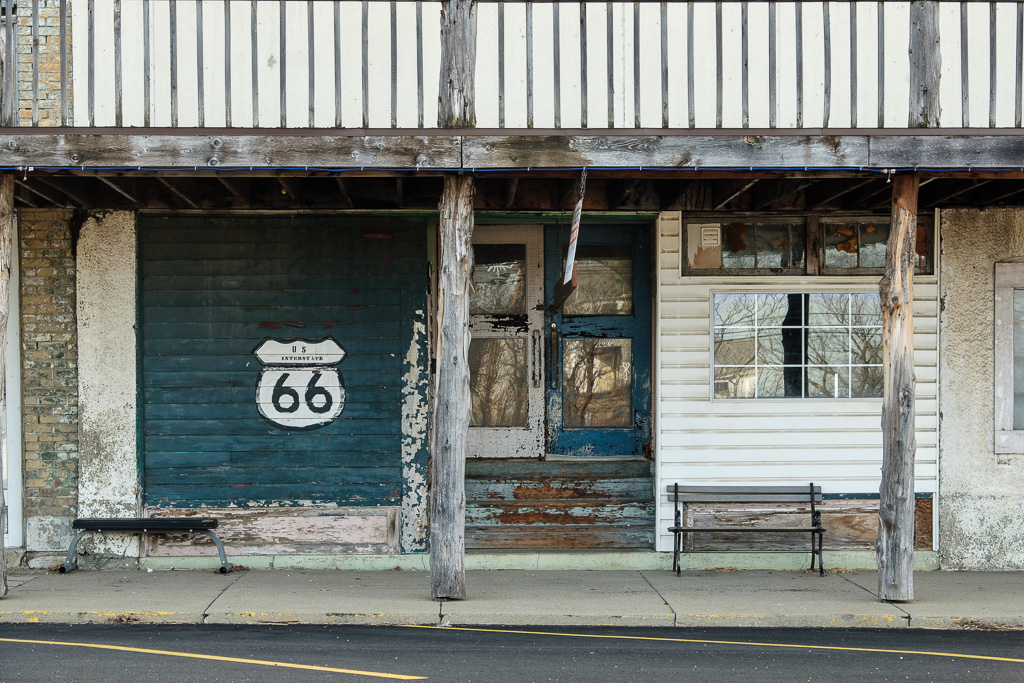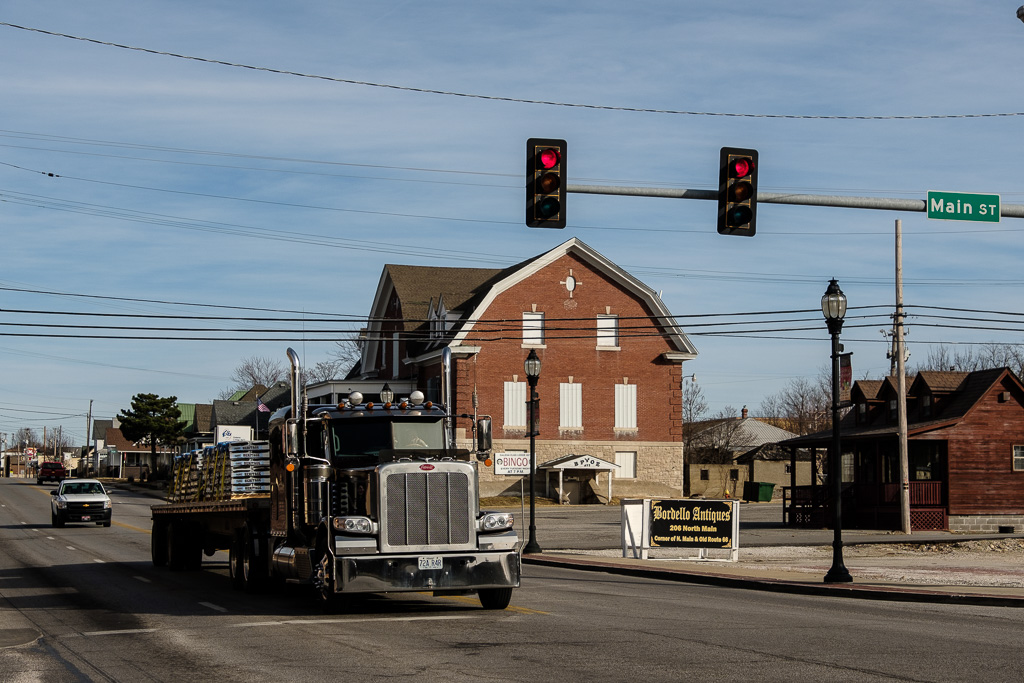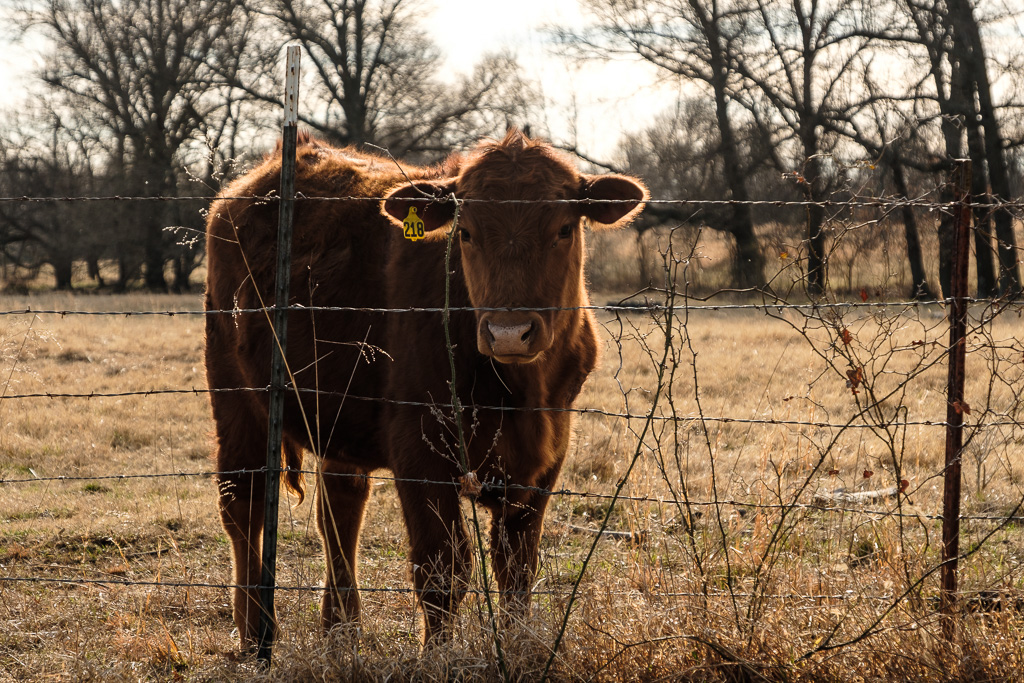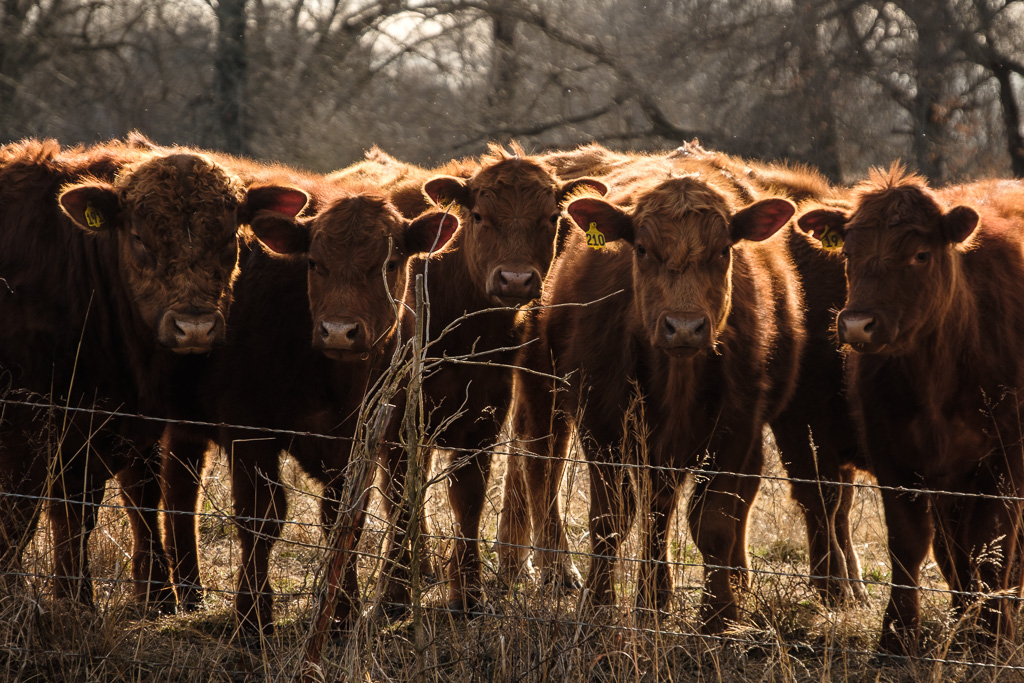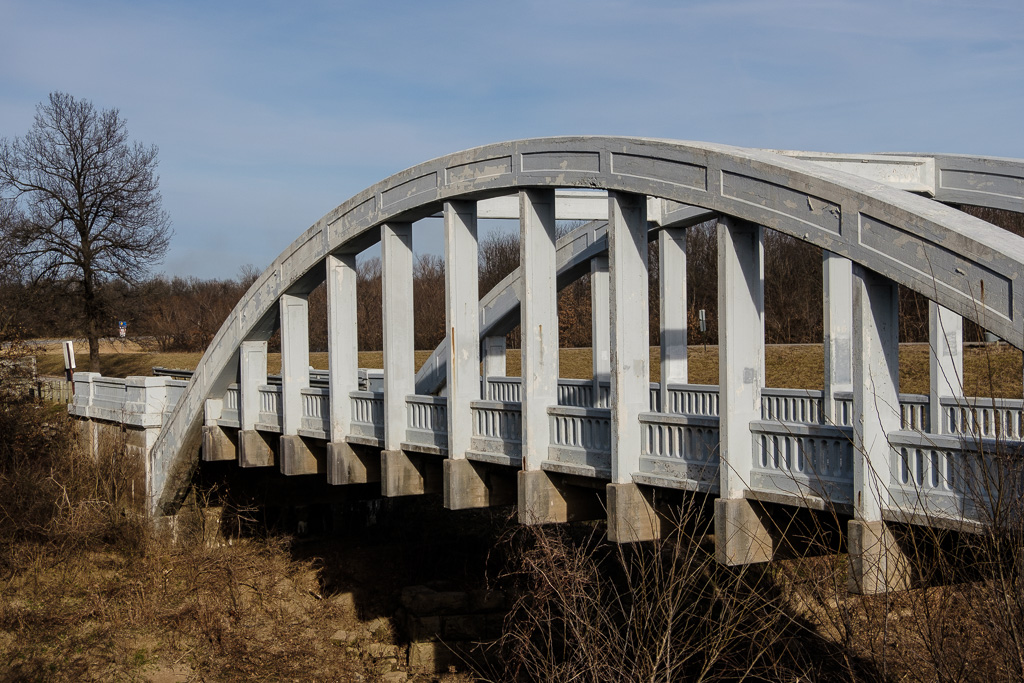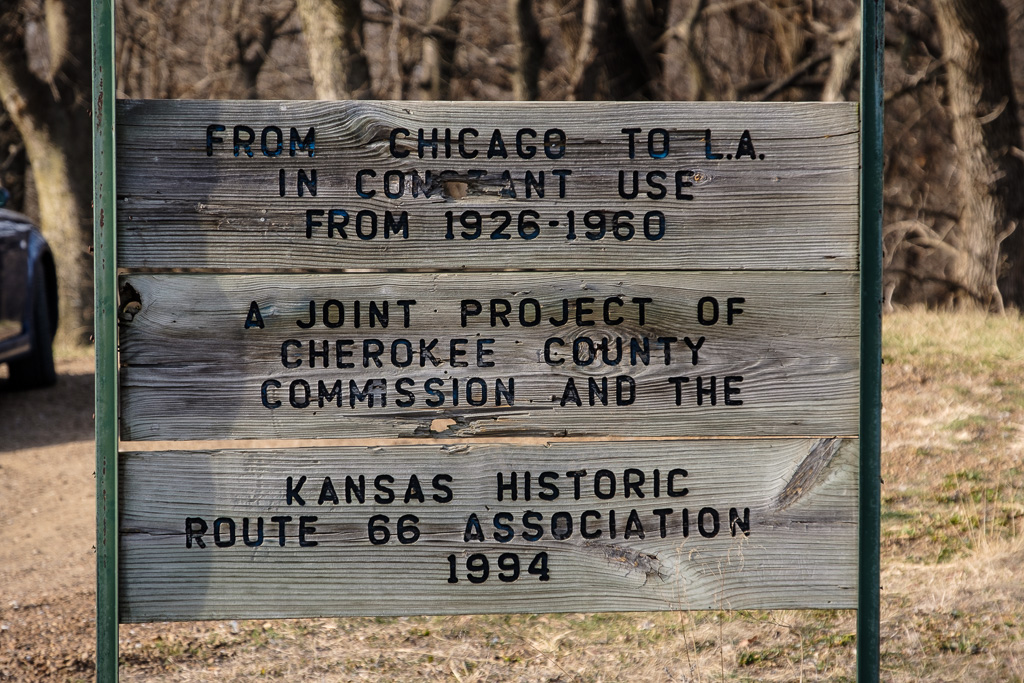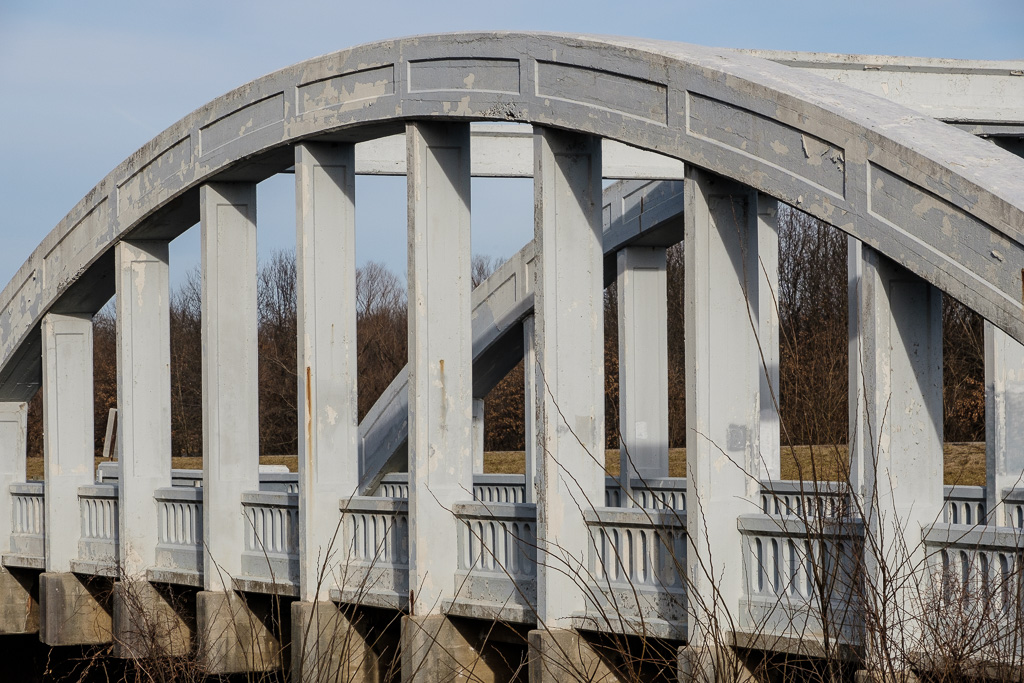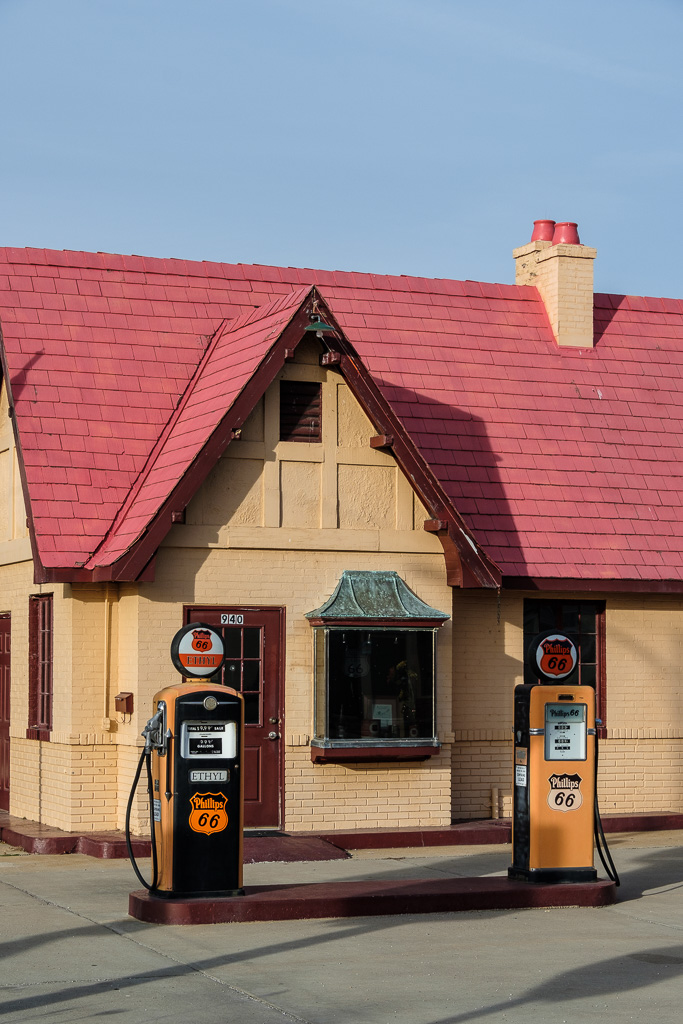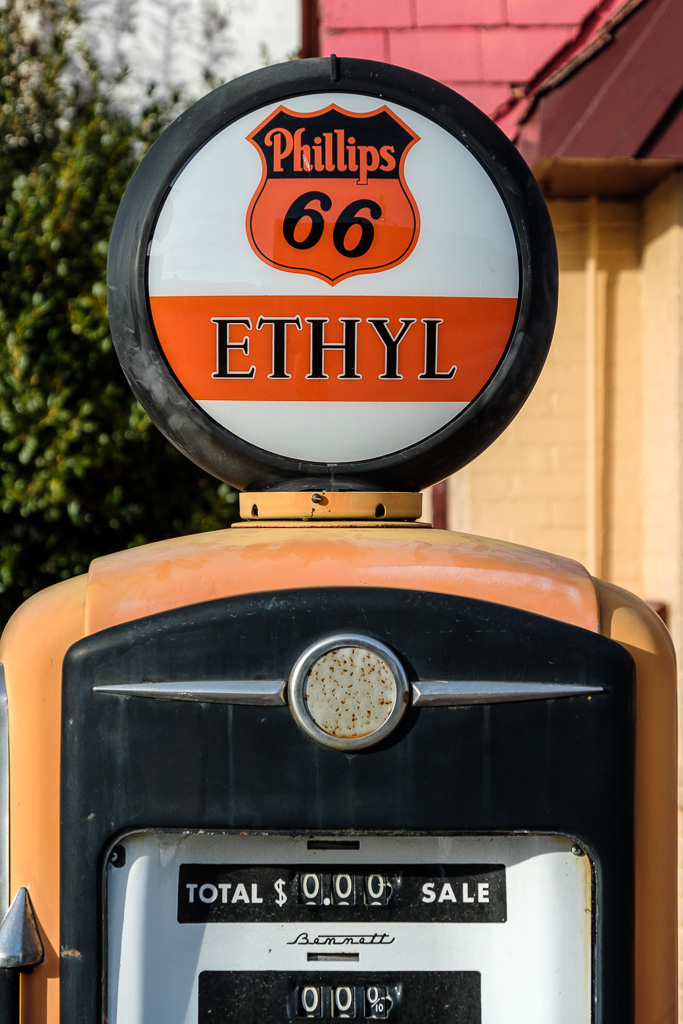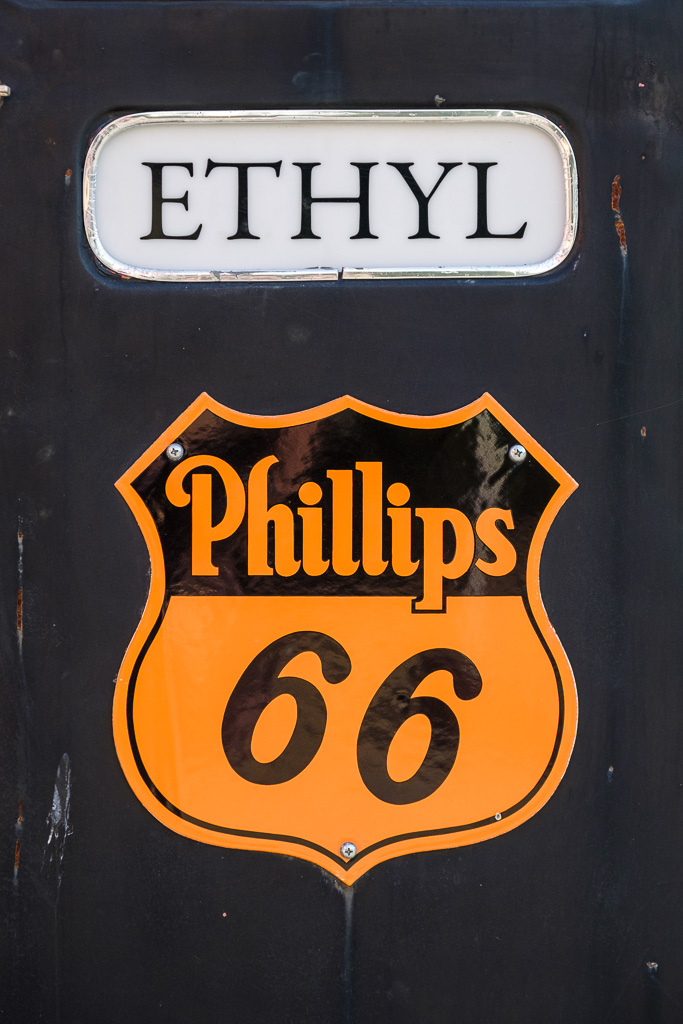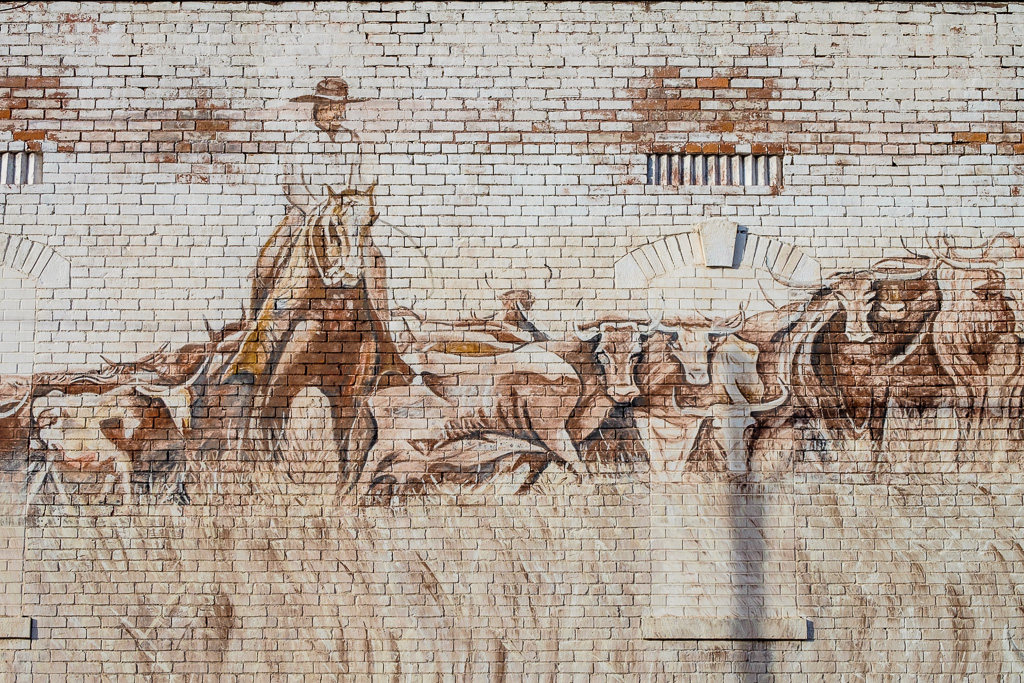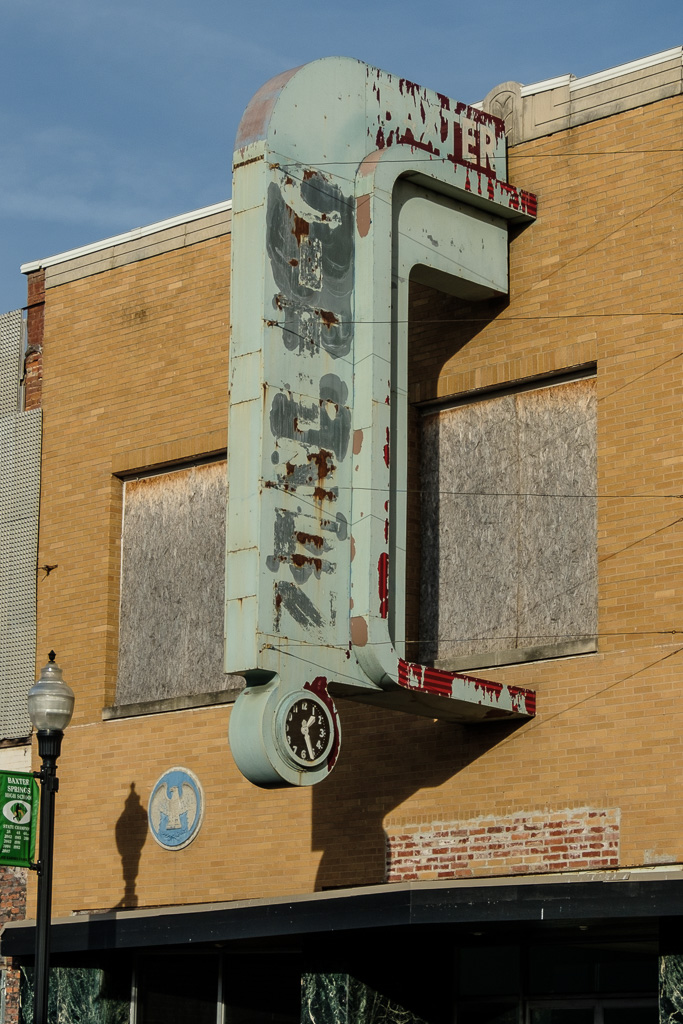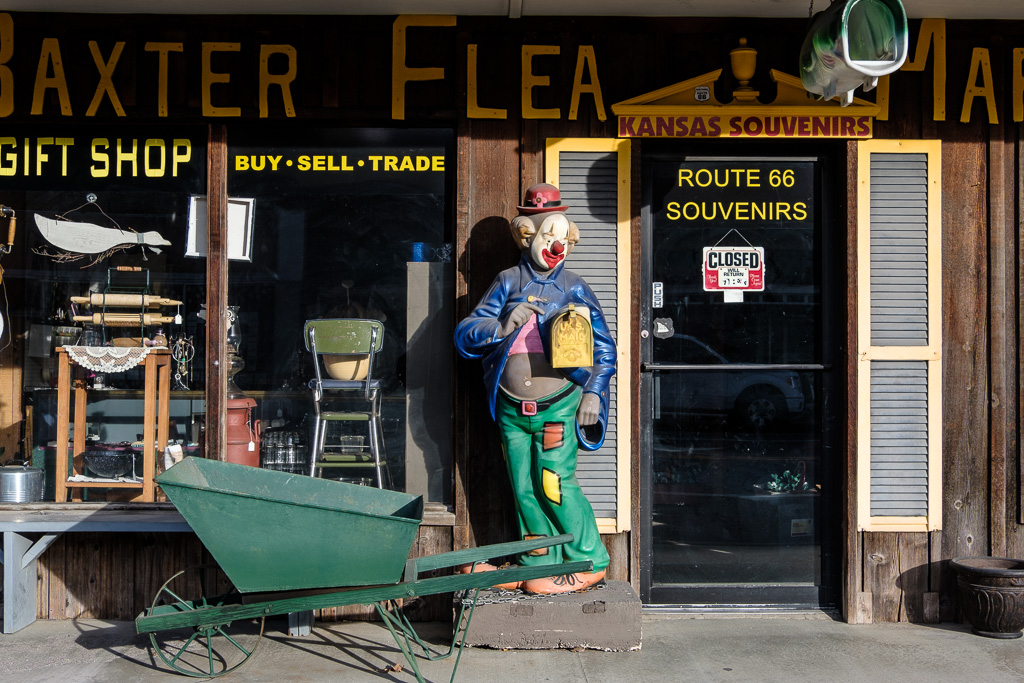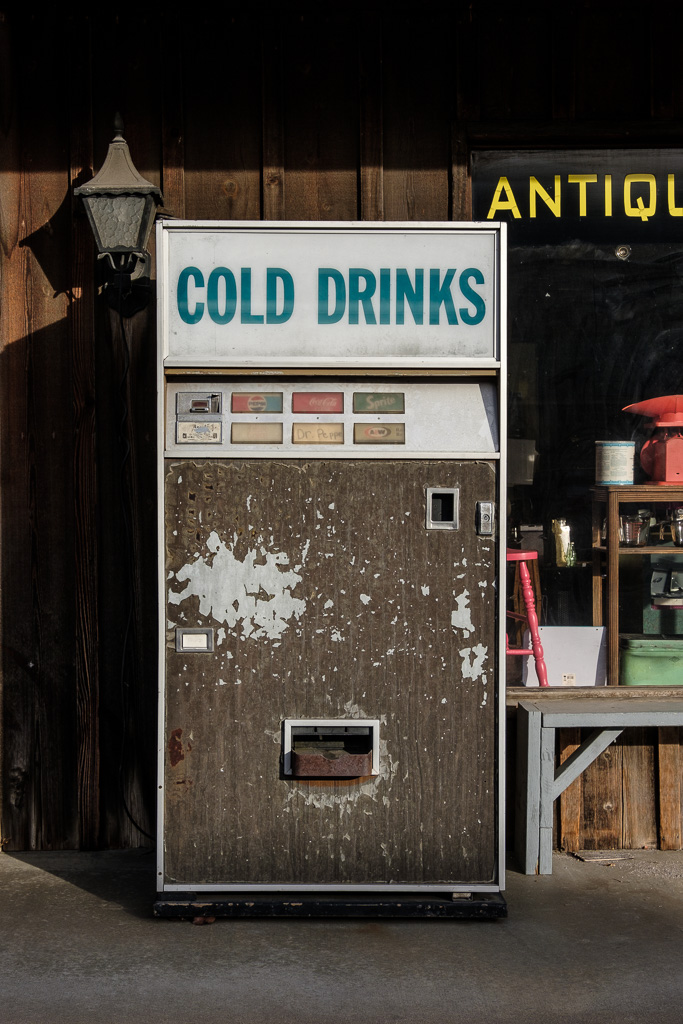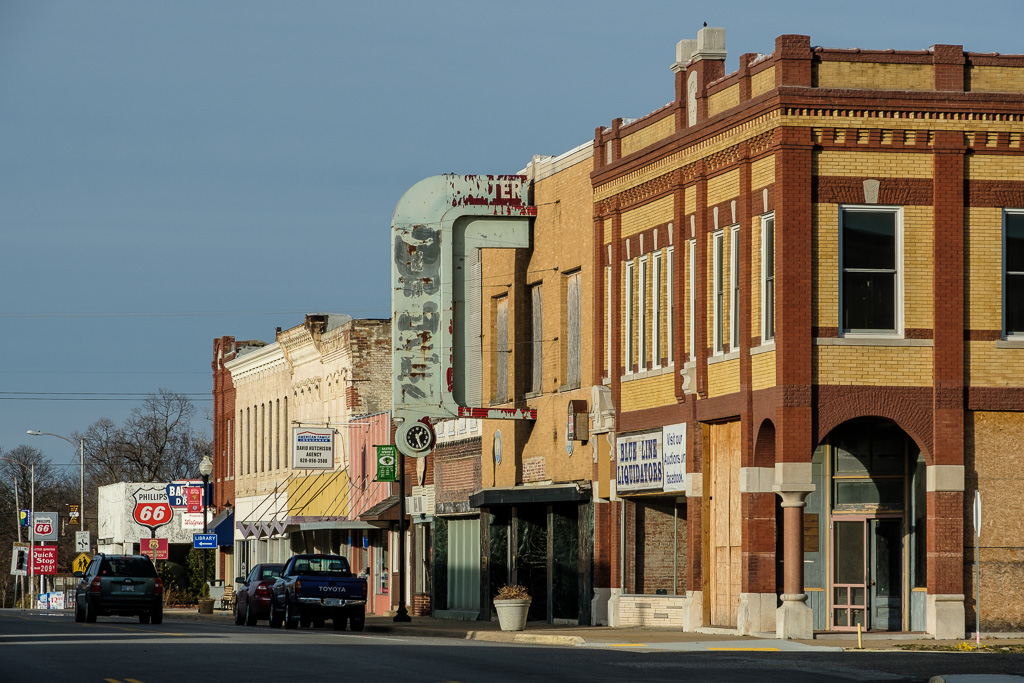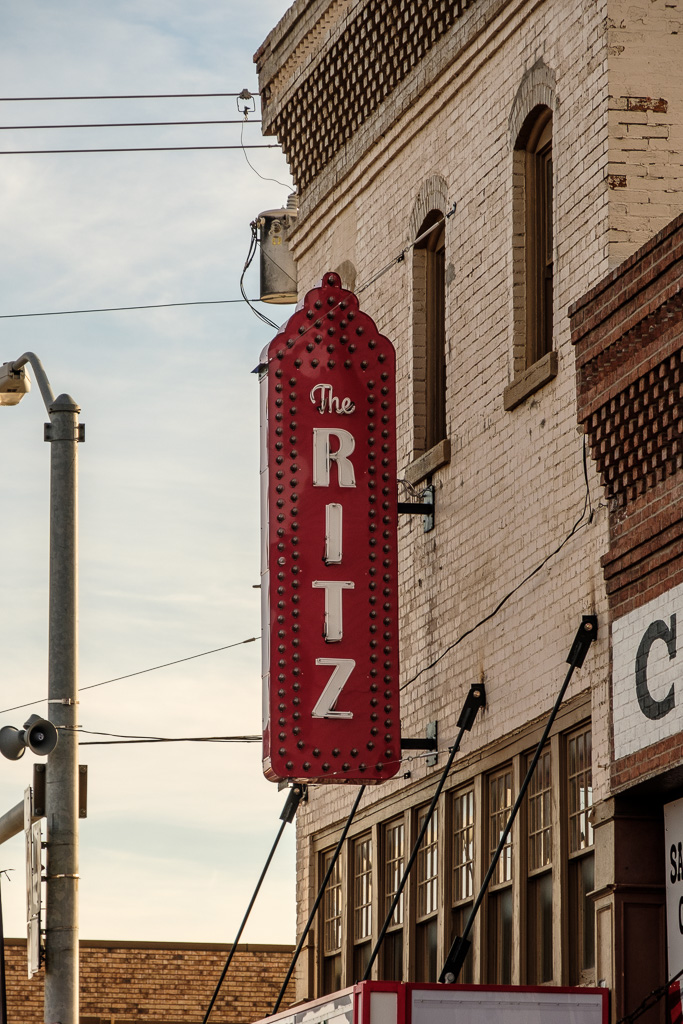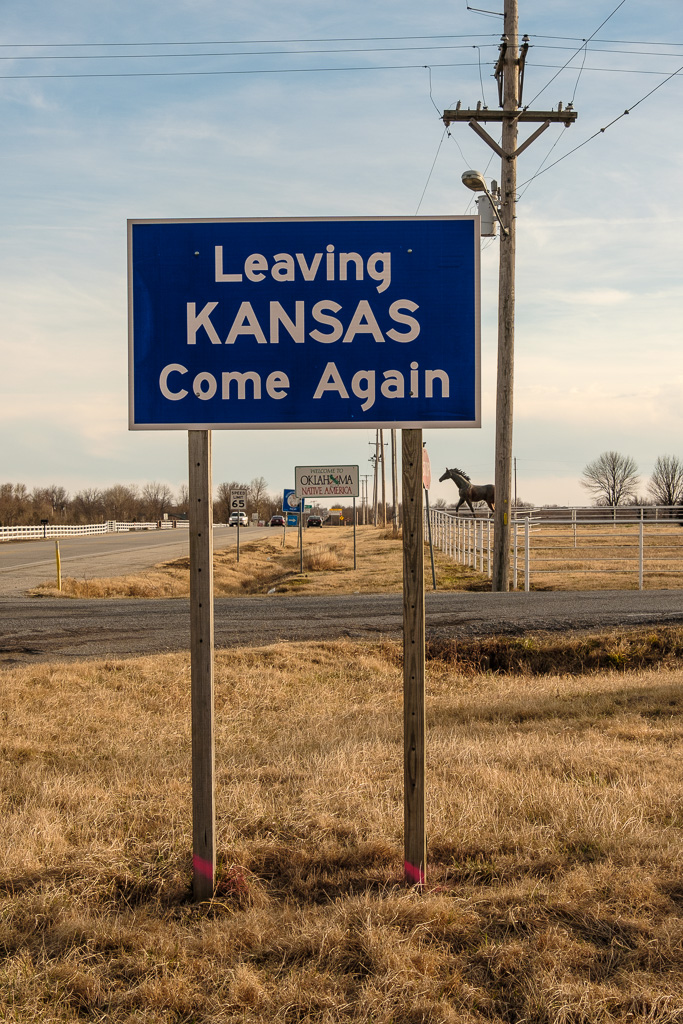 Route 66, Day 6. Kansas.
Route 66, Day 6. Kansas.
Yes, Dorothy, we are not in Kansas anymore. (In fact, as I write this, I am in Santa Rosa, New Mexico.) I don’t know how long your house was in the air, Dorothy, but my drive through Cherokee County, Kansas, on Route 66 across a corner of the state from Missouri to Oklahoma lasted a little under two hours. 13 miles (about 21 km). It’s the shortest stretch of Route 66 in any state (Texas being the second shortest). One crosses over from Jasper MO first to Galena KS and then on to the second (and last) community of any size, the city of Baxter Springs KS.
In what is one of the most ironic signs I have seen so far on the whole drive, the second sign right after the first one announcing arrival in Kansas is the welcome sign to Galena, “a happy place”. The city itself sure didn’t look too happy to me. It looked like it was on life support. I can’t tell you if the people looked happy because I didn’t see any. The Route 66 streets I took were utterly deserted.
The first thing I saw on the outskirts of Galena was the old Eagle-Picher Co. smelter with a rusting locomotive and a couple of railcars sitting in front. Thence to Galena itself; a few storefronts here and there indicated a business still open (such as the boxing gym in the pix) but otherwise the storefronts were all boarded up. One open business, Bordello Antiques (see the sign to the right of the truck) is called that because the building is a former bordello from the mining town days. Galena was bleak.
I found out later that the area immediately by the old smelter was called “Hell’s half acre”. It was once one of the largest smelters in the US. There was a huge mining boom where Kansas, Oklahoma and Missouri meet – zinc and lead ore. Then the mines gave out. Over time Galena has gone from a peak of 10,000 to about 3,000 now. That’s a whopping 70% population drop. The Route 66 traffic is no more. Other businesses have closed. No wonder Galena looks so forlorn.
Baxter Springs looked a little better. There were more businesses open and some people out and about. Still, it had a lot of boarded up storefronts, too. It was once the terminus of the longhorn cattle drives on the Shawnee Trail. It was also once a resort destination (known for its springs). As well it was the site of the infamous 1863 Baxter Springs Massacre (a/k/a the Battle of Baxter Springs) during the US Civil War in which Quantrill’s Raiders, a large Confederate guerrilla band, massacred outnumbered (and surrendering) Union soldiers. Read more here.
In both Galena and Baxter there are restored historic gas stations. See those trucks parked by the Kan-O-Tex station? One inspired Tow Mater in the Pixar movie Cars. That was happy.
Baxter Springs is definitely the nicer of the two.
In between the two cities is the historic Rainbow Curve Bridge (1923) over Brush Creek. The bridge is a single-span concrete Marsh arch bridge and is the sole surviving Marsh bridge on the entire original length of the former highway, 2,448 miles (3,939 km). Today on Route 66 just this one last Marsh bridge lives on. As I have said in prior posts, I am very fond of bridges.
The cows were grazing right by the old bridge and were giving me the stink-eye the whole time I was there.
My guidebook also called out that historic market in the pix (situated between Galena and Baxter Springs).
There was a police car tailing me for a bit in Baxter Springs but I was watching my speed like a hawk (and the road, too). I am guessing they don’t get too many Audi TTs with New York plates driving through. I think I stood out. For that matter, there are not a lot of Audi TTs in New York either.
Well, that’s about all I can think of to say about my two hours in Kansas, and I have been stretching for material, as you have probably already noticed.
(By the way, I don’t mean any condescension or disparagement when I mention my short drive through Kansas with some tongue-in-cheek observations (far from it). Life is undoubtedly quite hard for a lot of people there. Indeed, the economic stress on all too many people in that former mining area really isn’t any laughing matter for them.)

